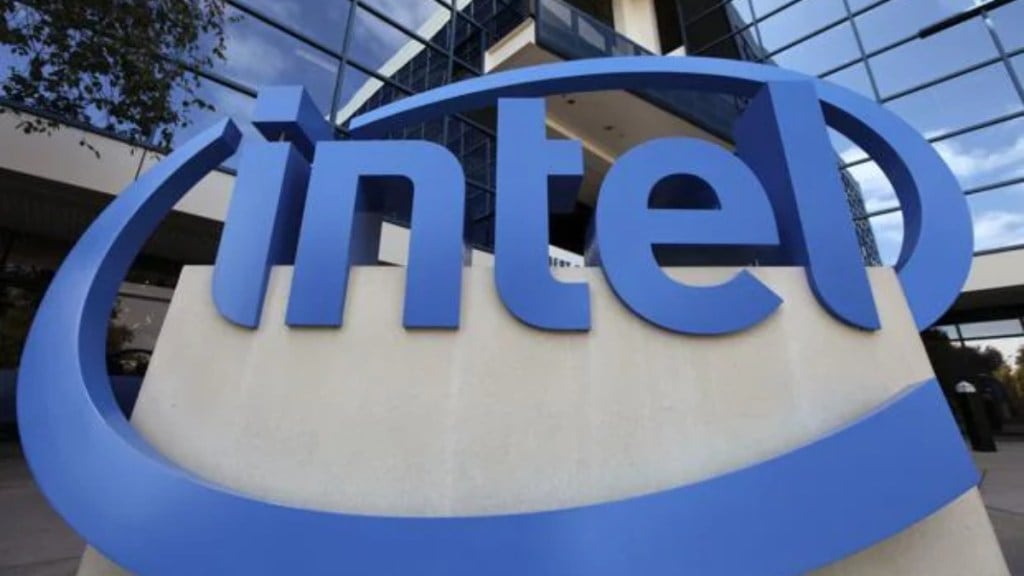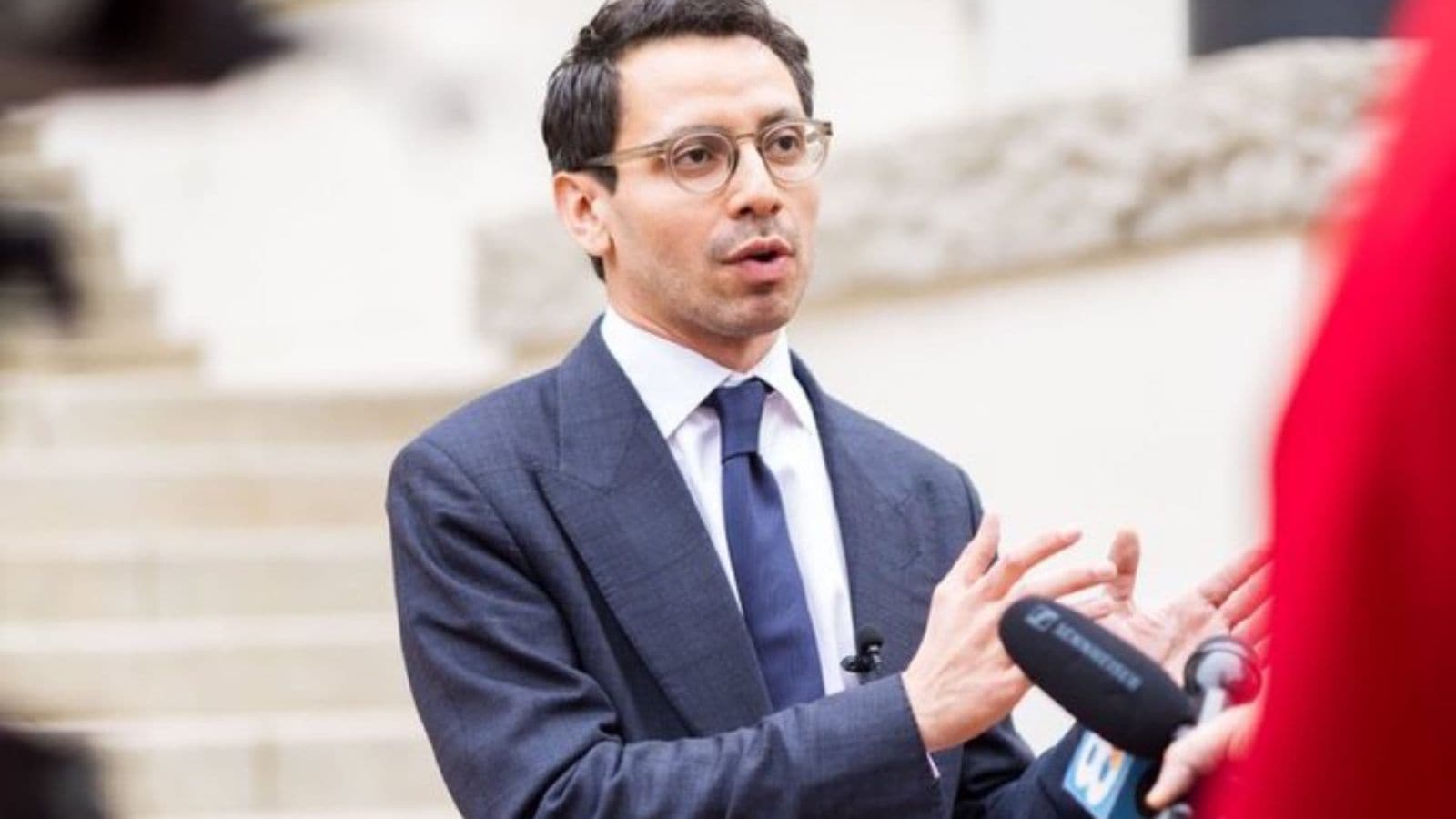The United States government has announced an $8.9 billion investment in Intel Corporation, underscoring Washington’s determination to strengthen domestic semiconductor production. The deal, unveiled by Intel and the Donald Trump administration, involves the government purchasing a 9.9 per cent stake in the company through 433.3 million shares at $20.47 each.
The investment builds on Intel’s $100 billion expansion of its US manufacturing base and reflects Washington’s strategy to secure supply chains in a sector deemed critical to both economic competitiveness and national security.
Backed by CHIPS and secure enclave funding
The government’s stake is financed by redirecting $5.7 billion in outstanding grants from the CHIPS and Science Act and $3.2 billion from the Secure Enclave programme. In addition, Intel has already received $2.2 billion under CHIPS, bringing total federal support to $11.1 billion.
While the equity stake grants the government a discount on Intel’s shares, the investment will remain passive, without Board representation or governance rights. A five-year warrant allows the government to purchase a further five per cent of stock if Intel’s control of its foundry business falls below 51 per cent.
Intel commitment to US tech
Intel Chief Executive Lip-Bu Tan hailed the announcement as a turning point for American technology. “As the only semiconductor company that does leading-edge R&D and manufacturing in the US, Intel is deeply committed to ensuring the world’s most advanced technologies are American-made,” he said.
Commerce Secretary Howard Lutnick described the deal as a “historic partnership,” adding that the administration’s goal is to “reinforce U.S. dominance in artificial intelligence while strengthening national security.”
Industry leaders welcome move
The move has received widespread support from major technology companies. Microsoft’s Satya Nadella called Intel’s expansion “a defining moment for American ingenuity,” while Dell Technologies chief Michael Dell said the deal would help deliver “a strong and resilient U.S. semiconductor industry.”
HP’s Enrique Lores added that investment in domestic chipmaking was “integral to future innovation,” and AWS chief Matt Garman described semiconductors as “the bedrock of every AI technology and cloud platform.”
Expanding manufacturing Footprint
Intel has invested $108 billion in capital expenditure and $79 billion in research and development over the past five years, most of it in US facilities. Its newest Arizona fabrication plant is set to begin high-volume production later this year, showcasing the most advanced semiconductor process technology in the country.
Tan, who became CEO in March, has prioritised strengthening Intel’s balance sheet, revitalising engineering culture, and executing major expansion projects. The latest agreement, he said, will “position Intel for long-term leadership in the global semiconductor race.”
The administration’s investment in Intel highlights a broader push to reduce reliance on foreign supply chains, particularly amid growing competition with China. By aligning government funding with private-sector expansion, Washington aims to secure its position at the forefront of next-generation computing, AI, and national defence technologies.








